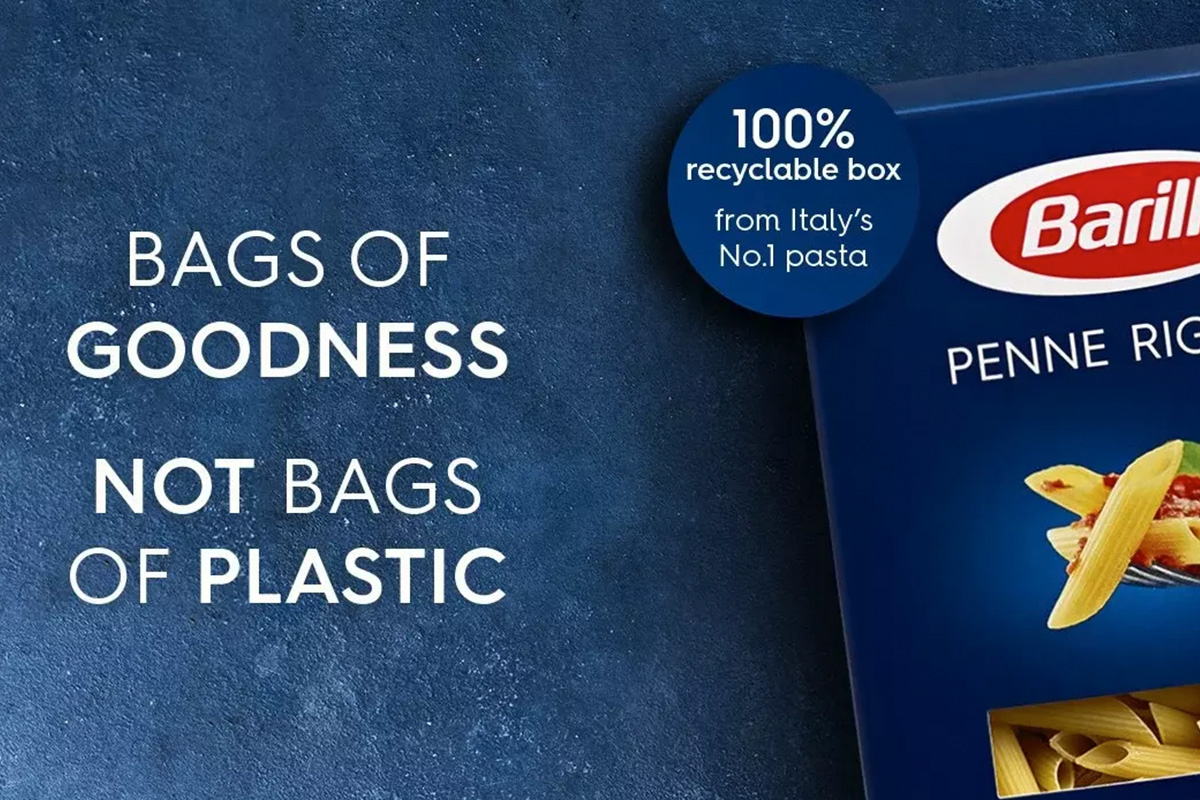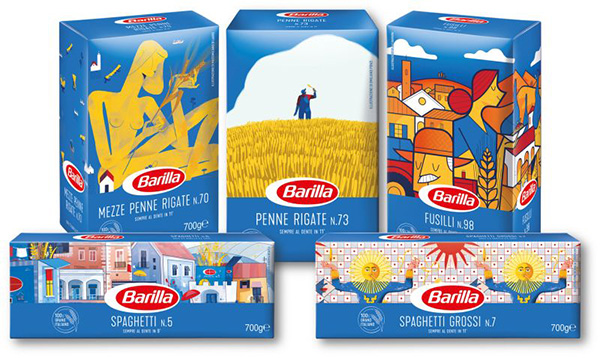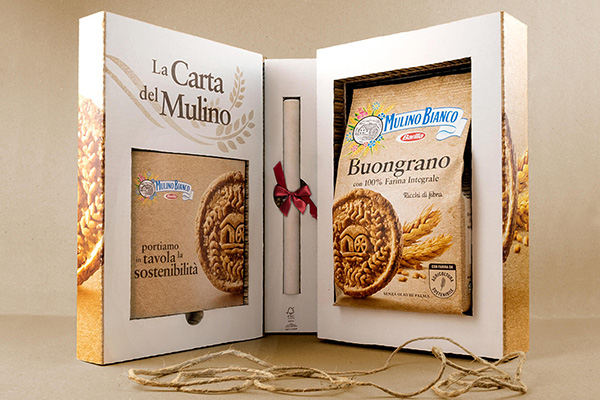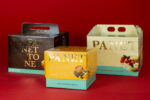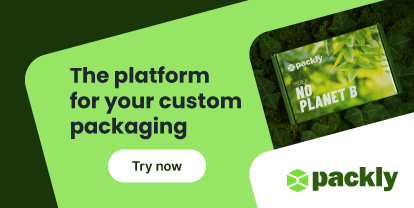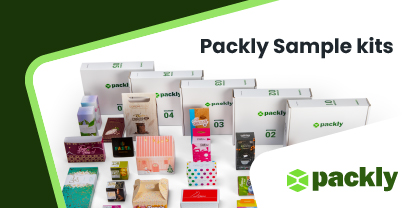Sustainability in packaging. Giacomo Canali, Packaging Research and Sustainability Senior Science Manager at Barilla, explains the company strategy.
Sustainability in packaging and strategic choices. Notably, eco-friendly behavior is one of the key themes of our decade. After years of uncontrolled pollution, depletion of the planet’s resources and unsustainable production choices, the time has come to turn the page. So the question is: when is packaging truly eco-friendly?
Not long ago, we had a conversation with Giacomo Canali, Packaging Research and Sustainability Senior Science Manager at Barilla. With an annual turnover of more than €3 billion, the Italian food giant has placed sustainability at the heart of its strategies based on the ‘Good for you, Good for the Planet’ philosophy. Let’s see what Dr Canali has to say.
Q: When can we define packaging as sustainable?
A: Packaging is sustainable when it can fulfil all its functions, i.e. contain, protect, preserve and present the product on the shelf, without any negative impact on the environment. The designer about to create sustainable packaging has three leverages to use: reduce, reuse, recycle.
Q: How does Barilla’s sustainability strategy fit this goal?
A: Over the years, Barilla has developed a series of principles that our designers must adhere to whenever they design packaging.
The first is to reduce the amount of material used in our packaging to the max, thus avoiding overpackaging. Secondly, a good practice is to use material from responsibly managed forests only in order to produce paper.
Equally central is the use of renewable resources that do not compete with the food chain. As a food company, we do not find it ethically correct to use a food product to build materials.
In addition, environmentally friendly packaging should be preferred, promoting recycling technologies. The key is to go beyond the disposable use of our packaging and come up with re-use models. For this last issue, a great deal of system design work is needed to devise solutions that are not yet available on the market or are only experimental.
Q: What actions did these principles translated into?
A: Barilla created a phased roadmap to sustainability several years ago. In 2022 we will reach the goal of using recyclable only packaging. But the ultimate purpose is to create zero impact packaging, coming only from renewable or recycled resources. This includes replacing plastic with paper-based materials whenever it does not impact food preservation. We set ourselves a long-term goal, because the final outcome depends upon external factors such as the advancement of technologies, as well as the legislative and economic environment.
Q: As a tech person, what developments do you foresee in the sector?
A: As a chemist, I hope we’ll be able to work with packaging materials from food waste. By doing so, we will reach a circular use of resources. We’ll employ recycled materials that are perfectly identical to the original ones. And maybe, who knows, we might even make plastics from carbon dioxide in the air. By working with the whole supply chain and focusing on scientific innovation, we’ll achieve our brave sustainability goals.
Conclusions
Packly, like Barilla, believes in the importance of eco-friendliness. The packaging realized by Packly has been produced using 100% of energy from renewable sources, site of origin and source certified by TÜV SÜD. Are you on the same page? Build a 3D prototype right away. We will print it and send it to your preferred address.
